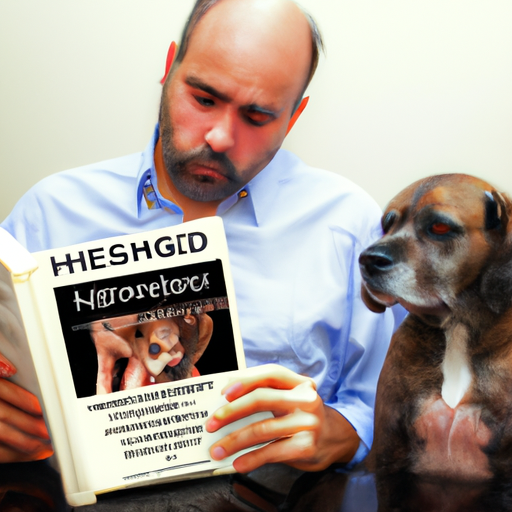Hemorrhagic Gastroenteritis (HGE) is a serious condition that affects dogs, leading to severe vomiting and bloody diarrhea. The rapid onset and intensity of the condition can be frightening for pet owners, and understanding how dogs get HGE is crucial for prevention and early intervention.
Table of Contents
- What is Hemorrhagic Gastroenteritis (HGE)?
- Causes of HGE in Dogs
- Symptoms of HGE
- Diagnosis and Treatment
- Prevention and Care
- Frequently Asked Questions
Key Takeaways
- HGE is a sudden, dangerous condition in dogs marked by vomiting and bloody diarrhea.
- The exact cause of HGE remains unknown, but certain triggers have been identified.
- Early diagnosis and treatment are crucial to ensure the survival of the dog.
- Good hygiene and balanced diet can help in preventing HGE.
What is Hemorrhagic Gastroenteritis (HGE)?
Hemorrhagic Gastroenteritis is a sudden, life-threatening condition affecting dogs. The disease is characterized by the inflammation of the gastrointestinal tract, resulting in severe vomiting and bloody diarrhea. The rapid onset and severity of the disease can be alarming for pet owners. However, with prompt medical attention and care, most dogs can recover from HGE.
To learn more about HGE, visit the American Kennel Club’s guide to Hemorrhagic Gastroenteritis in dogs.
Causes of HGE in Dogs
The exact cause of HGE in dogs remains a mystery. However, certain triggers have been identified, including dietary changes, stress, and ingestion of toxins or foreign objects. Additionally, some breeds like Miniature Schnauzers, Toy Poodles, and Dachshunds seem to be at higher risk of developing the condition.
For more information about causes and risk factors of HGE in dogs, read this informative article on OneTopDog.com.
Symptoms of HGE
The most noticeable symptom of HGE is a sudden onset of bloody, often explosive diarrhea. The dog may also exhibit signs of vomiting, lethargy, loss of appetite, and abdominal pain. If you observe these symptoms, seek immediate veterinary attention.
Diagnosis and Treatment
Diagnosis of HGE is based on clinical signs and lab tests, including a complete blood count (CBC). The treatment typically involves aggressive fluid therapy, anti-nausea and antibiotic medications, and in some cases, hospitalization.
For an in-depth look at the diagnosis and treatment of HGE, check out this OneTopDog.com article.
Prevention and Care
Prevention of HGE often involves maintaining good hygiene, providing a balanced diet, and avoiding stress for your pet. Regular vet check-ups can also help in early detection and treatment of the condition.
You can find more tips on how to care for a dog with HGE on OneTopDog.com.
Frequently Asked Questions
-
Can HGE be prevented?
While there’s no surefire way to prevent HGE, maintaining good hygiene, providing a balanced diet, and regular vet check-ups can help reduce the risk. -
Is HGE contagious?
No, HGE is not contagious. It cannot be passed from one dog to another.
Remember, your dog’s health is paramount. Understanding conditions like HGE and their causes can help you provide the best possible care for your furry friend.



